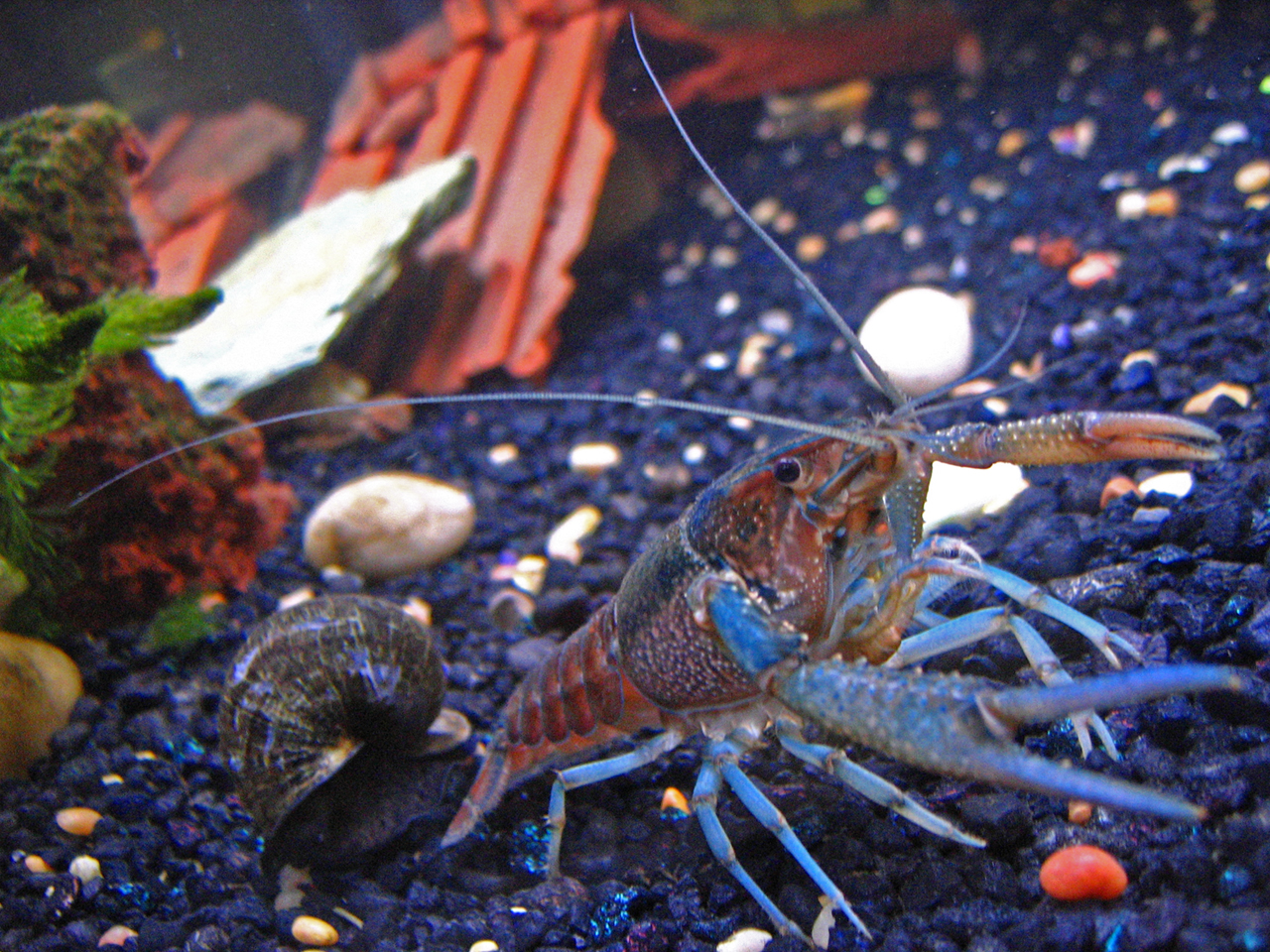
There’s a slow invasion of a freshwater crustacean happening in Buskin River and Buskin Lake. It has a hard shell, two claws and tastes great in pies.
“Crawdads, crawfish, crayfish, it all depends on where you grew up,” said Blythe Brown of the Kodiak Soil and Water Conservation District.
Brown said they’ve caught a lot of crayfish this year compared to the roughly one per year they’ve found in the past. They went into the project last year hoping to find out whether crayfish were breeding and this year they did a little bit of experimenting with traps.
“The crawdad that was found last fall was quite large so we thought maybe our trap openings aren’t large enough, so we enlarged the traps, talked to other people from other places that had grown up with crawdads and they said, ‘Try an oily, stinky fish or something, some bait that they might like better. So we tried herring this year and it worked.”
Alex Hughes is a Fish and Game technician who volunteers with KSWCD. He said based on their studies at the Buskin river, crayfish are successfully breeding.
“I’ve caught a couple of them just visually, flipping rocks and looking through the river especially up near the weir, near the lake,” he said.
Hughes said crayfish are originally from the Pacific Northwest and as with many invasive species, it’s anyone’s guess how they got to Kodiak.
“I’ve seen crawdads used for fishing bait before … I suspect that someone brought them for that reason, but no one really knows the answer. It could’ve been a pet; it could’ve been used as a potential fishing bait,” Hughes said.
He said he’s concerned that if the crayfish population continues to flourish, it could spread from the Buskin River into other systems.
“We don’t really know the implications of that, what that’ll mean to the juvenile salmon that are growing or the eggs that are buried in the sediment of the river,” Hughes said. “Our worry is that the crayfish could start to sort of uncover those eggs and eat them. So, we’re trying to solve this issue before it expands into something that is more difficult to control.”
If you spot any crayfish, KSWCD asks that you remove them from the body of water, if possible, and report the sighting. If you come across a lot of them, you can always try some of the solutions listed here
